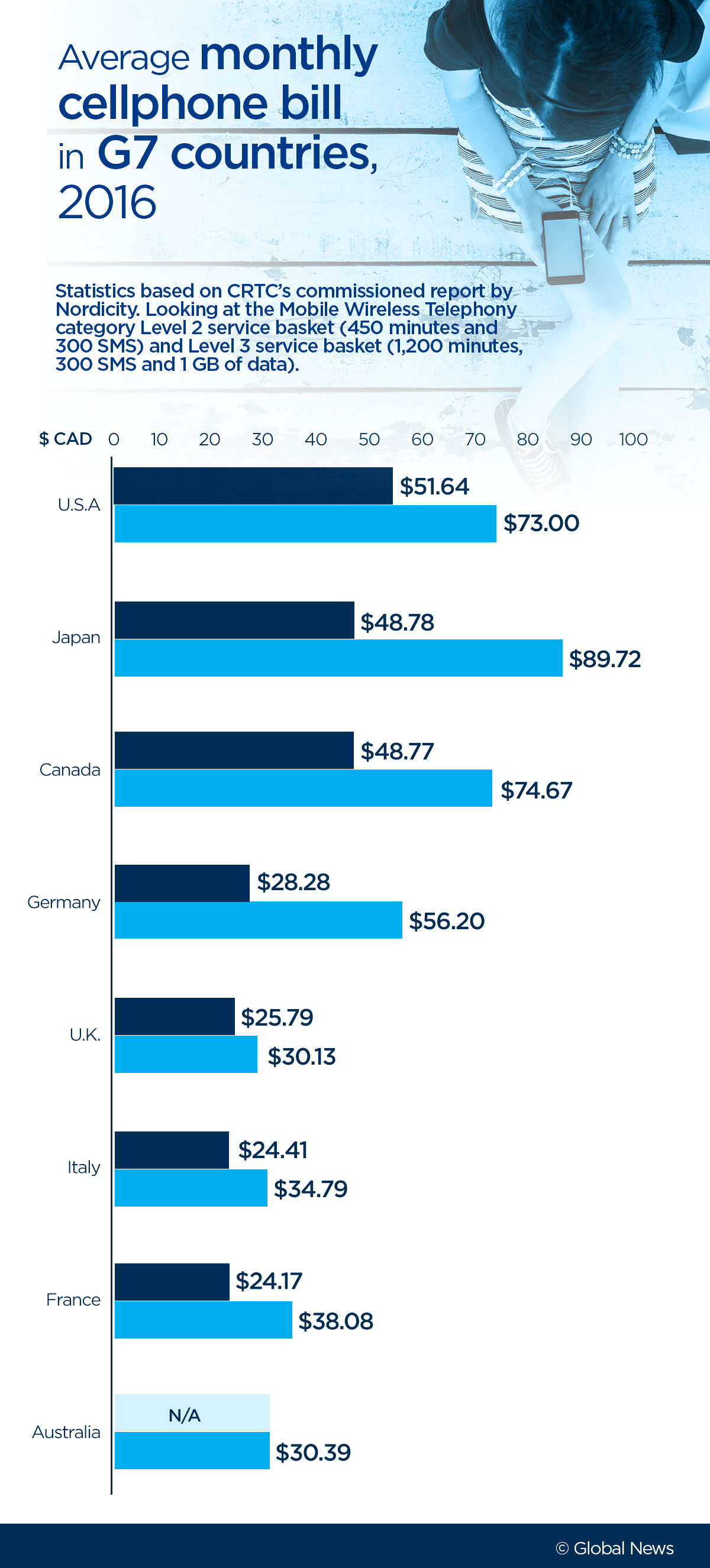Calgary and Vancouver.

At first glance, the two cities don’t seem to have much in common.
Coverage of debt on Globalnews.ca:
One is a landlocked metropolis surrounded by a “ring road,” whose economy rises and falls with resource activity, and whose defining event is a cowboy-themed fair for which people don Stetson hats and leather boots.
The other is a West Coast city largely known for its laid-back nature, whose waterfronts are lined with shiny condo buildings and which hosts a major annual event known largely for a haze of pot smoke.
But there is one trait that they share: they are the two major cities in which Canadians have accrued, on average, the highest levels of non-mortgage consumer debt.
They’re neck-and-neck for the title, and one has quickly caught up to the other in the past few quarters, according to a report released Thursday.
The following chart shows average non-mortgage debt per borrower, by Canadian city, according to TransUnion:
Calgarians held an average non-mortgage debt balance of $28,646 in the third quarter, said an “Industry Insights” report by consumer credit reporting agency TransUnion.
Vancouverites were close to that number with an average non-mortgage debt balance of $28,618 in the same quarter.

Get weekly money news
Both figures were the highest they’ve been in two years; average debt balances kept growing in almost every quarter during that time frame.
But there are different reasons to explain the run-up of debt in each city, Matt Fabian, TransUnion’s director of research and industry analysis, told Global News.
High debt levels in Calgary are a symptom of a city that’s still recovering from low oil prices, he said.
“Consumer debt and delinquency rates, they tend to lag those economic events,” Fabian said.
“So you’ll see the economy go down because of the oil crisis, and now Alberta’s recovering quite nicely from that and getting back to sort of old levels, but it takes a while for people to kind of pull themselves out.
“So I think you’re still seeing a bit of lag effect in Alberta.”
The cost of housing — indeed, of living in general — may be influencing debt levels seen in Vancouver, Fabian said.
“Even though we’re looking at non-mortgage debt, there’s still a mortgage effect to it in the sense that you only have a certain amount of disposable income,” he said.
“A lot more of your disposable income is going to cover that debt, or pay off that debt, and so there’s less for other things. And so you may be borrowing elsewhere to compensate for that.”
READ MORE: Canada accumulating private debt faster than any other advanced economy
Fabian raised the prospect of an individual who makes $100,000 per year, and who was paying 20 per cent of their income toward a mortgage.
If this person were to buy a new home, it might end up taking a 28- to 30-per-cent share of that income.
That kind of a share would leave “less for anything else, so I might creep into debt for that.”
The TransUnion report also showed that credit card companies are starting to lend to borrowers with lower credit scores.
That means they’re also tapping into subprime borrowers.
Across Canada, there were 142,950 credit cards issued to subprime borrowers in the second quarter. That was up from 130,227 in the first quarter, but down 3.53 per cent from a year ago.
The following chart shows how credit card originations have trended across Canada by lending category, from subprime borrowers to “super prime” borrowers, according to TransUnion:
That drop was shallower than it was for any other lending category.
It’s happening because credit card issuers are looking to “re-balance their portfolios,” and “one of the ways they’ll do it is expand the risk tolerance,” Fabian said.
“They’ll look at their portfolio and say what are my risk levels,” he said.
“If my risk levels are at or above my tolerance, then I can expand a little bit more into the less-than-prime tier and pick up some additional consumers without unduly affecting my overall risk.”
Fabian said credit card companies guard against risk by issuing lower limits on subprime borrowers’ credit cards.
A prime borrower, for instance, might have a $5,000 limit, while a subprime borrower is more likely to see a limit of about $1,500.
But Fabian noted that the numbers of subprime credit card originations fluctuates by quarter.
READ MORE: New Vancouver mortgages took a ‘significant’ hit after foreign buyers tax, data show
“It tends to flip flop,” he said.
“It’ll swing to subprime, and then when they feel they’re taking on too much risk they’ll push back, and you’ll see one or two or three quarters from now, you’ll see the opposite trend.
“They’re always doing that balancing.”
















Comments